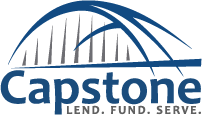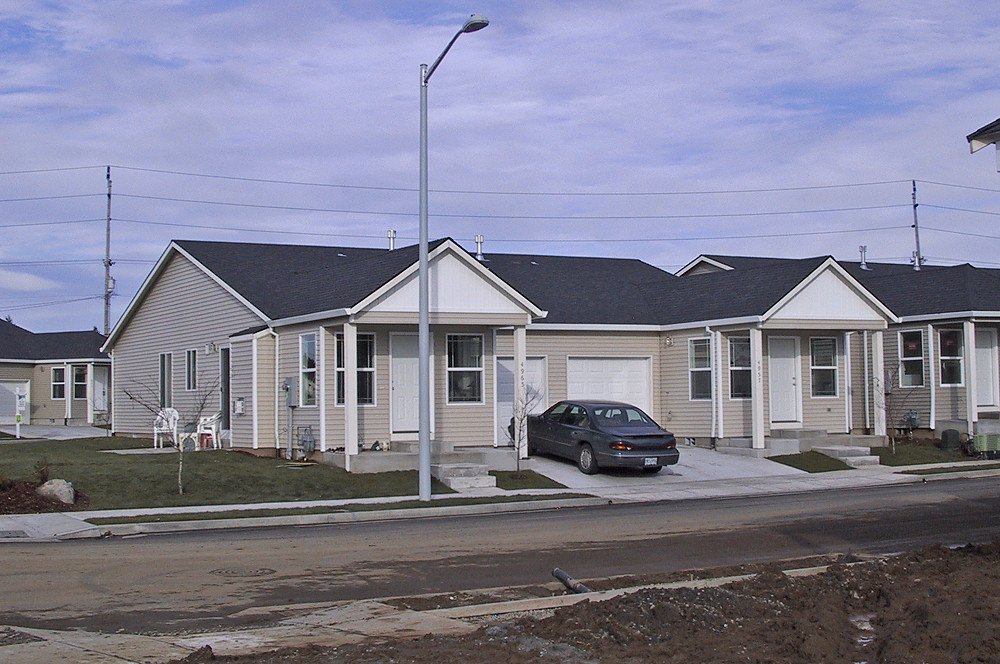What's Considered an "SFR" Investment Property Type?
Learn about how lenders and municipal zones define single-family residences (SFRs) and your options for financing an SFR as an investor.
SFRs are one of the fastest-growing parts of the residential real estate market. Prospective investors who need financing for SFR projects have a number of options, including hard money loans. Let’s learn about what “counts” as a single-family residence in the eyes of lenders. Then, explore the pros and cons of several SFR financing options as a real estate investor.
What is a single-family residence?
Photo by Curtis Adams on Pexels
When lenders use the term SFR, they are typically referring to properties that are zoned or otherwise designated for single-family residential use. SFRs are detached properties, meaning that the residence is a freestanding structure. They usually have their own yards and driveways. Many have garages or carports. They offer more space and privacy than apartments, condominiums, or townhouses. Residents don’t share a wall with a neighbor, nor do they have neighbors across the hall.
The confusion sets in when the terms “SFR” and “multifamily” are used interchangeably. Despite what common sense may tell you, a single-family residence can actually be composed of one to four units. Multifamily properties are typically thought of as having three or more units (since there’s already a word reserved for properties with only two units: “duplex”). When a multifamily property has more than four units, most lenders will then consider it commercial multifamily.
”Single-family” in investment terms
The term “single-family” can be something of a misnomer in investment terms, since it may refer to properties that can accommodate up to four families. This includes duplexes, triplexes, and quadruplexes. These could be single structures with up to four separate units, or properties with multiple structures that share yard and/or driveway space.
”Single-family” in zoning terms
Municipal zoning laws tend to use the term “single-family” more literally. They often only allow one residence on land zoned as “single-family,” with a separate designation for duplexes, triplexes, etc. Dallas, for example, has several zoning districts for single-family residential use and one for duplexes. The main alternative to residential property zoned as “single-family” or “duplex” is “multifamily,” which generally refers to apartment buildings or complexes.
Read more: 10 Ways to Finance Multifamily Properties
When do lenders consider a single-family residence to be an investment property?
Photo by Brett VA on Flickr [Creative Commons]
Lenders make distinctions between properties used as primary residences, secondary residences or vacation homes, and investments. From a lender’s point of view, a property is an investment when the owner’s primary purpose is to make money from it, either through appreciation (including value-adding renovations) or rental income. Mortgage loans for investment properties tend to have higher interest rates, stricter credit requirements, and higher down payments than loans for primary residences.
A homeowner can make money off of their primary residence, such as by renting out a spare room, garage apartment, or extra unit in a duplex, triplex, or quadruplex. While that property is technically an SFR, it is also still the owner’s primary residence as long as they continue living in it for all or most of the year.
Vacation homes can be tricky. A lender might view a vacation home as an SFR investment if the owner rents it out when they are not using it, even if their main goal is to have it as a vacation destination.
What are the financing options for single-family rental investment properties?
Whether an SFR is an “investment” or not makes a difference when it comes to obtaining financing to purchase a property. Some types of loans limit the use of properties for investment purchases.
Financing for a move-in-ready property
Numerous types of loans are available to help you purchase residential property. But not all of them allow you to purchase SFR investment property:
Conventional mortgage loan: You can get a conventional mortgage loan to buy SFR property as an investment. If it will not be your primary residence, however, you will pay a higher interest rate and receive other less favorable terms.
FHA loan: Loans guaranteed by the FHA are only available for owner-occupied properties. You can use them to buy a home in which you plan to rent out, but it must also be your own primary residence for twelve months.
VA loan: Like an FHA loan, you can use a VA loan to buy a property with 2 to 4 units, as long as one of those units will be your primary residence.
USDA loans: The USDA loan program is limited to primary residential purposes, so you cannot use one of its loans for investment property at any time during your ownership of it. USDA guidelines and requirements are plentiful and specific.
Hard money loan: You may use a hard money loan to buy SFR investment property. If your plan is to hold onto the property for long-term rental income, you’ll want to refinance into longer-term financing since hard money loans typically cap at only a two-year loan term. A hard money loan can be very useful, however, for borrowers that struggle to qualify for loans with traditional criteria. Additionally, hard money loans are offered by private lenders rather than big public banks, so the speed to close them is drastically faster.
Financing for a property that’s not currently in livable condition
What happens if you find a property that shows great promise as an SFR investment, but is currently more of a fixer-upper? You might need financing not only to purchase the property but also to renovate or rehabilitate it so that it will be appealing to potential tenants. You still have options when it comes to financing:
Conventional mortgage: As discussed above, you may be able to get a conventional mortgage for SFR property. The amount of the loan will depend on the appraised value of the property at the time of the sale. It will not provide you with any extra funds to pay for fixing the place up and improving its value.
FHA and VA loans: Loans backed by the FHA and VA have the same problem as conventional loans. They can finance the purchase of a 2- to 4-unit property, but only up to that property’s current appraised value.
Hard money loan: Unlike mortgage lenders, hard money lenders look at a property’s potential value once you’ve completed renovations, also known as its “after repair value” (ARV). You can get a hard money loan that covers the costs of both buying and renovating the property. Once you have completed the renovation and brought in some tenants, you may be able to refinance with a longer-term loan based on the property’s new, higher appraised value.
Read more: The Advantages of Financing Fix & Flips with Capstone Capital Partners
Finance SFRs with Capstone Capital Partners!
Capstone Capital Partners provides hard money loans for a variety of real estate projects in Texas, including single-family rentals, fix-and-flips, and more. Borrowers can expect fast, flexible financing and friendly service. With an appraisal in hand, you’ll close in just seven days.
Tell us a little bit about yourself and your project, and we’ll reach out with your best loan options!


